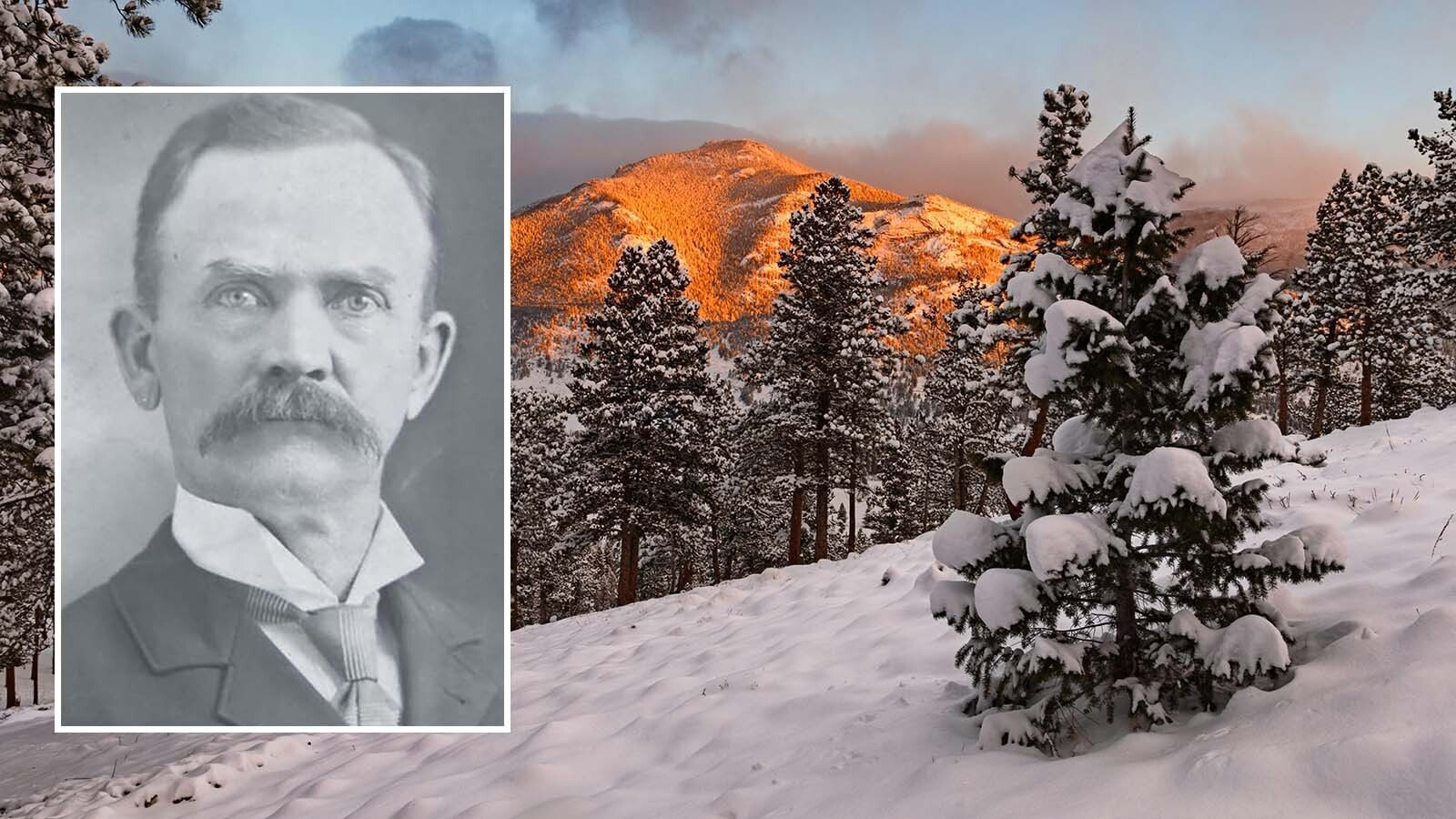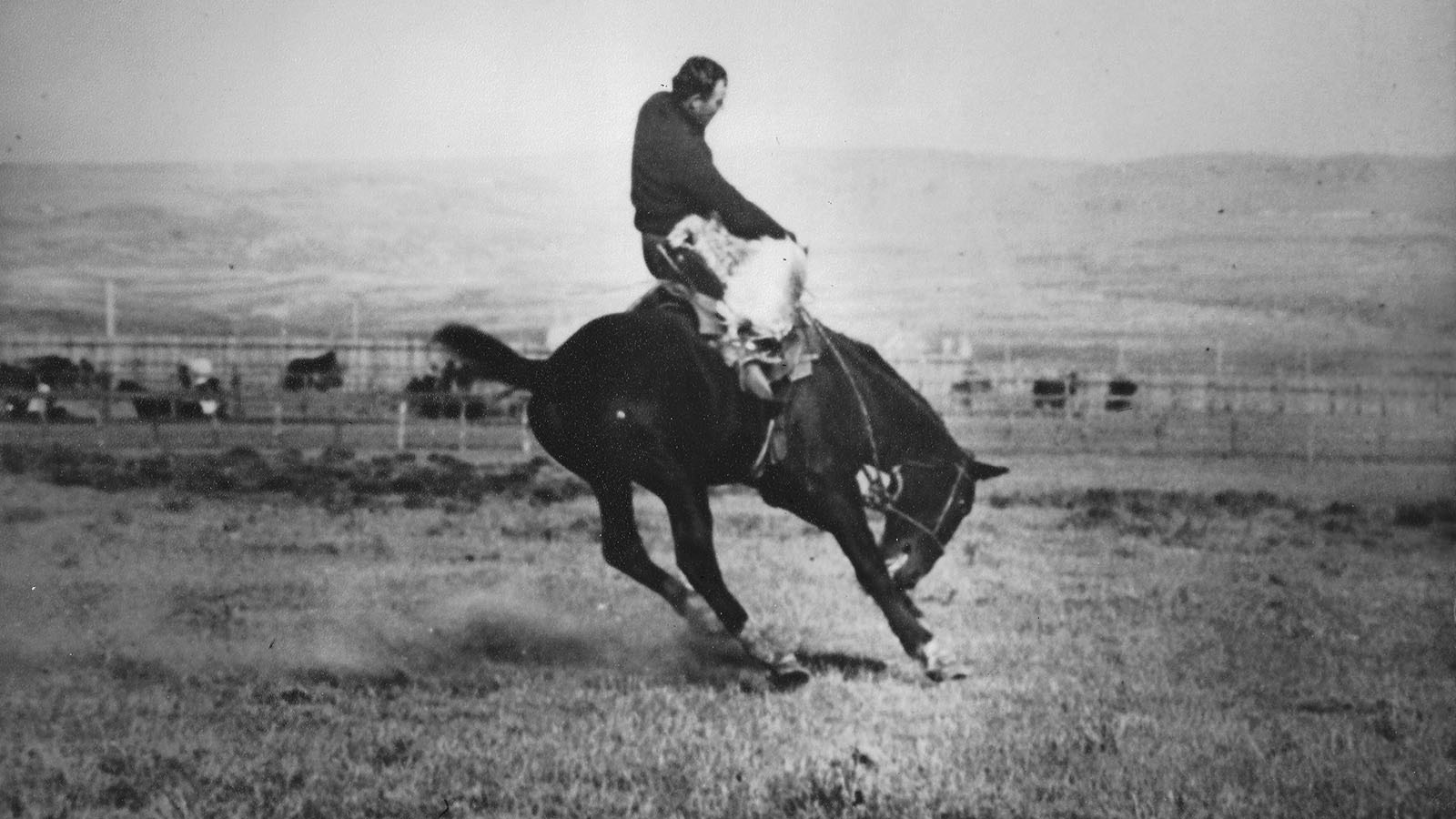In the fall of 1860, Reuben Van Ornum, an eight-year-old emigrant boy on the Oregon Trail, was taken by Indians. He may have been adopted into a Shoshone band. He may have been killed. And while neither of those possibilities was desirable, they may have been preferable to the fate of some of the other children in the wagon train—being eaten by traveling companions.
While not as well known as other tragedies on the emigrant trails, the Utter-Van Orman Massacre is one of the few recorded incidents that left the survivors so bereft they resorted to cannibalism to stay alive.
Harried for weeks and miles by a band of Shoshone attackers in what is now western Idaho and into Oregon, members of the wagon train ended up afoot and stripped of all their possessions. Taking refuge about 100 miles later on the Owyhee River not far from the abandoned Fort Boise, some 18 survivors of the original 44 members of the traveling company ate dogs, a wandering cow, salmon provided by other Indians who demanded everything they owned in trade, frogs, bugs, and—eventually—the bodies of at least four children who had died.
One of the survivors, Joseph Myers, later reported, “It was a subject of much and anxious consultation and even prayer before the eating of the dead was finally determined upon. This determination was unanimous. The flesh of the dead was carefully husbanded and sparingly eaten to make it go as far as possible. Thus the bodies of four children were disposed of.”
Another report claimed, “We had made up our minds to kill one of the little boys next day for food, if not rescued.” Instead, another course was chosen. “The body of Mr. Chase [who had died about ten days before] was exhumed and the first meal from it cooked and about to be eaten when relief came.” Rescue of the 12 travelers who remained alive came some forty-five days after the initial attack.
Reuben Van Ornum and his sisters were not among those eaten. After staying with the group on the Owyhee for more than a week, their father had determined it not safe to stay. Myers said, “He and his family [and a few others, according to other reports] left our camp that day about noon. They traveled on to Burnt river, as it afterwards appeared. When the command reached there they found six of the bodies killed by the Indians. Four of the children were not found. It is supposed they are now captives among the Indians.”
Reports of the fate of the Van Ornum children are confused and do not agree. (Even the spelling of the family name is questionable.) It is fairly certain that the three girls were soon killed. Some accounts claimed Reuben was, as well. Other reports claimed he was held by one or more Shoshone bands. One report reached his uncle, Zachias Van Ornum, nearly two years later in Oregon. It claimed the boy was being held in Cache Valley in Utah Territory. Van Ornum traveled to Camp Douglas in Salt Lake City and petitioned the commanding officer there, Colonel Patrick Edward Connor, to mount a rescue.
Hungry for action after months of being billeted in Utah when his army of California Volunteers wanted to be fighting in the Civil War, Connor immediately assigned his fiercest fighter, Major Edward F. McGarry, to lead 60 soldiers north and retrieve the boy. After some shooting, some negotiating, some hostage taking, and some double dealing, the boy was turned over.
But just who the rescued boy was is uncertain. Zachias Van Ornum said he “acted like a regular little savage when given into our possession, fighting, kicking and scratching when the paint was washed from him to determine his white descent.” Still, he took the boy.
Historian Brigham Madsen wrote, “Indian Tom and other Shoshoni gave positive and reliable information that the boy was the half-breed son of a French mountaineer and a sister of Chief Washakie. Although he had yellow hair and blue eyes, he could not speak any English and was a full member of the Northwestern Shoshoni nation. He had become a pawn in the war game being played out between the California Volunteers and the Cache Valley Shoshoni.”
Zachias Van Ornum stayed in Utah for a time then took the boy to Oregon and, perhaps, later to California. What happened to the boy after that is an open question and will likely stay that way his fate as big a mystery as his identity.
Utah historian R. B. Miller can be reached at writerRodMiller@gmail.com





